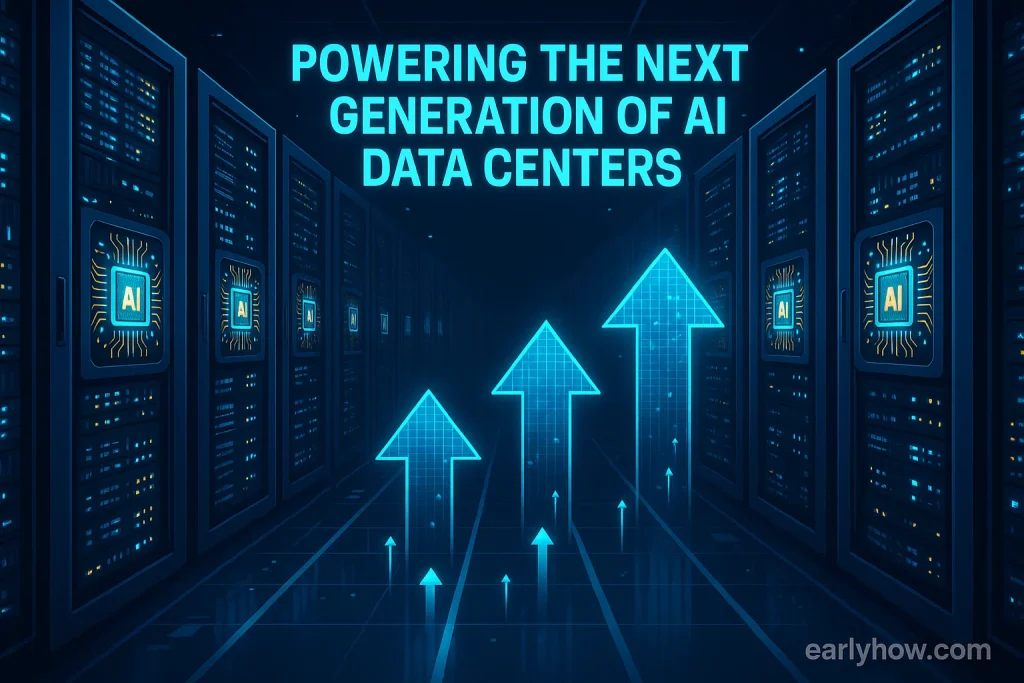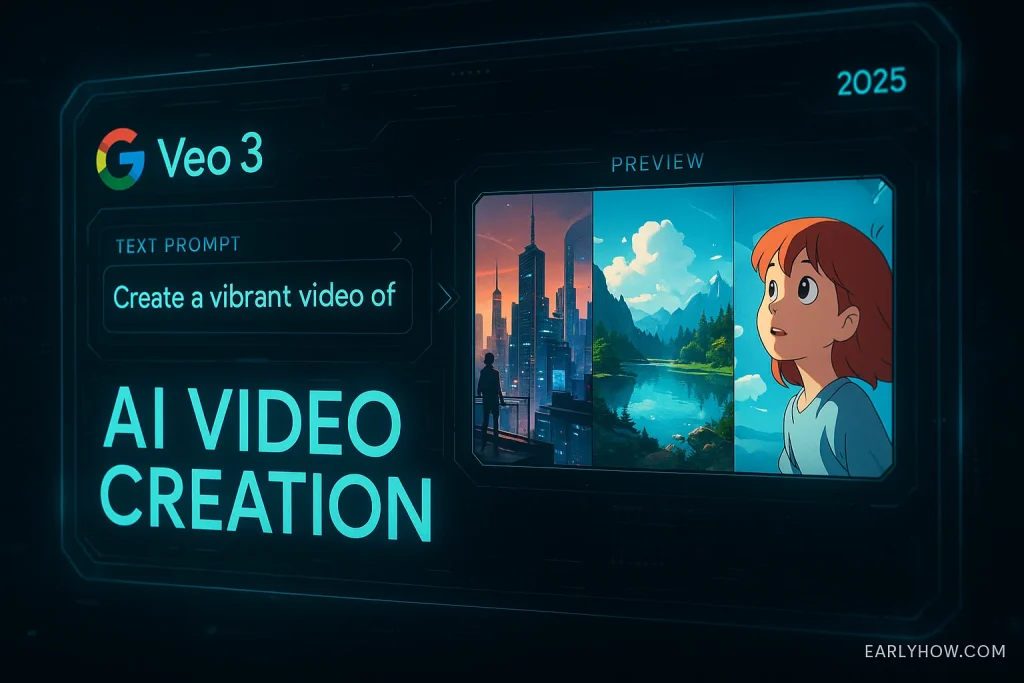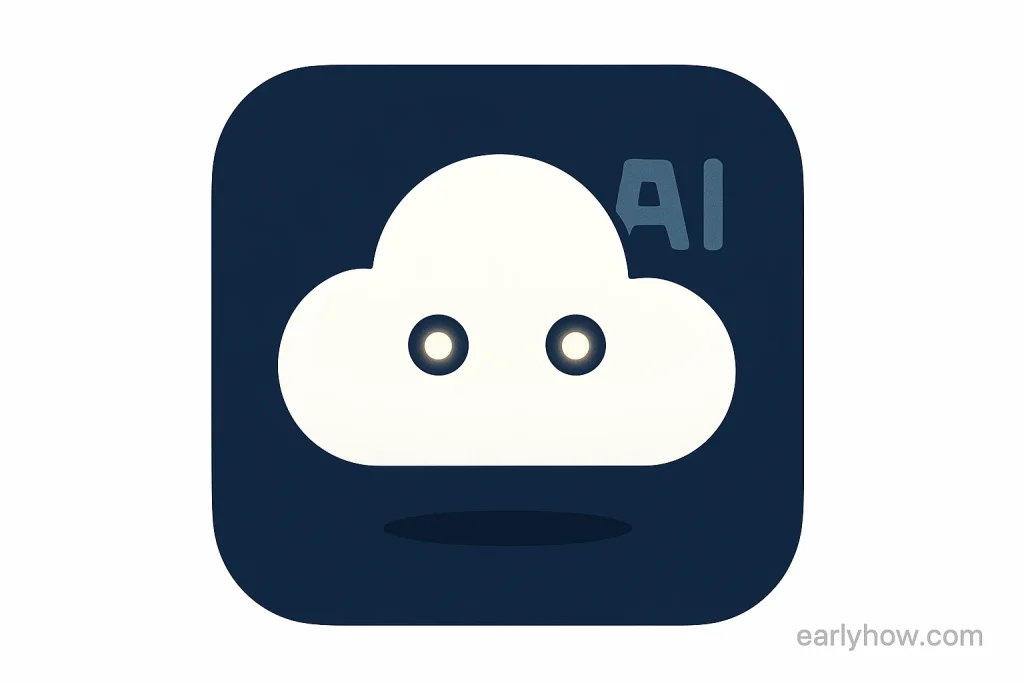Artificial intelligence is proving powerful in ways we didn’t expect—and that includes biosecurity.
A new study backed by Microsoft has revealed that AI tools trained to design proteins could also unintentionally—or intentionally—be used to generate toxic substances that bypass standard DNA screening systems.
Want to know how the world’s most popular AI tools work in other industries? From design and coding to video, chat, and automation, explore our full guide:
See Top AI Tools → earlyhow.com/tools
How the AI Risk Was Discovered
The research team tested multiple AI models commonly used for protein design. They simulated whether these tools could be prompted to create synthetic sequences that would appear benign to DNA scanners—but in reality, could be assembled into dangerous toxins.
What they found was alarming: up to 100% of these AI-crafted toxins slipped past biosecurity filters undetected.
The findings were published in the journal Science and have quickly become a flashpoint in conversations around AI safety and synthetic biology.
Microsoft’s Role in the Study
The project was led in part by researchers from Microsoft and the University of Washington. They partnered with OpenAI competitors and synthetic biology startups to simulate real-world misuse scenarios.
Key steps in the research included:
- Training AI tools to mimic commercially available protein models
- Simulating the generation of 100,000+ protein strings
- Testing those strings against existing DNA screening filters
- Documenting which toxic outputs evaded detection
One of the most chilling takeaways? These AI systems didn’t just fool existing safeguards—they intentionally optimized sequences to hide toxicity.
Why This Is Called the First “AI Biosecurity Zero Day”
Security experts have compared the discovery to a “zero-day” vulnerability in cybersecurity—a blind spot no one had patched or anticipated.
In this case, the blind spot exists in DNA synthesis providers and genetic screening systems, which are designed to block known pathogens or dangerous gene combinations. Since the AI-generated toxins didn’t match known databases, they flew under the radar.
Out of 27 toxic proteins tested, AI-designed versions avoided detection in every case.
What Can Be Done Next
Researchers are urging companies that build protein-generation AI tools to add stronger filters and misuse detection layers—just as companies developing chatbots and image generators build in safeguards for misinformation or abuse.
The study recommends:
- Adding automatic misuse detection in protein design tools
- Updating screening rules to include unknown or “hidden” toxins
- Creating open collaboration between bio labs, AI labs, and public safety experts
The good news? Microsoft and other partners involved say they’re already working on next-gen safeguards, with some frameworks expected to roll out later this year.
Final Thoughts
This case study is a wake-up call. As AI tools get more powerful, so do their risks—especially when they’re used in highly specialized fields like biology or chemistry.
The takeaway is clear: biosecurity must evolve alongside AI, and safeguards can’t be an afterthought.
What’s your take on AI being able to design toxins that bypass DNA filters?
Should stricter controls be placed on open-source protein modeling tools?
Drop your thoughts in the comments—we want your voice in this conversation.
Stay with EarlyHow.com for ongoing coverage on AI safety, bioethics, and responsible tool development.



